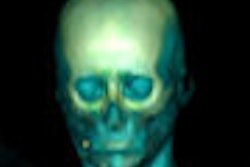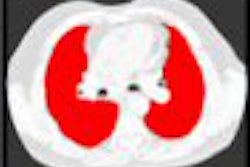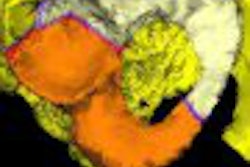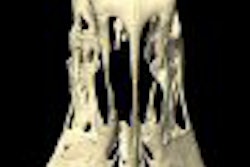Dear AuntMinnie Member,
This week brings us news from the Computer Assisted Radiology and Surgery (CARS) meeting in Barcelona, where staff writer Eric Barnes is on hand to report for our Advanced Visualization Digital Community.
First up is a study presented today on how radiologists use computer-aided detection (CAD) software. Everyone knows in principle the concept behind CAD -- a software algorithm runs an analysis on digital image data and highlights potentially suspicious areas that merit further investigation by a radiologist.
But U.K. researchers wanted to take a closer look at how readers use CAD and how they react to CAD prompts. Their study has some interesting implications, both in terms of how CAD should be used in a clinical environment and who can benefit most from the technology. Learn more by clicking here.
In a CARS presentation from Wednesday, advanced visualization pioneers Dr. Heinz Lemke and Dr. Michael Vannier discussed the role of imaging workstations in the evolving healthcare paradigm of the future.
They envision a future in which imaging workstations take on new roles and responsibilities, enabling the type of personalized medicine that replaces our current model based on what they call "trial-and-error" practice. But before we can achieve this state of healthcare nirvana, we need to make more progress in solving integration challenges, so that single workstations are able to handle tasks once reserved for multiple different computers.
Learn more about their thinking by clicking here. To read more about the proceedings from the CARS show, or other new developments in the world of advanced visualization, visit the community at av.auntminnie.com.



















